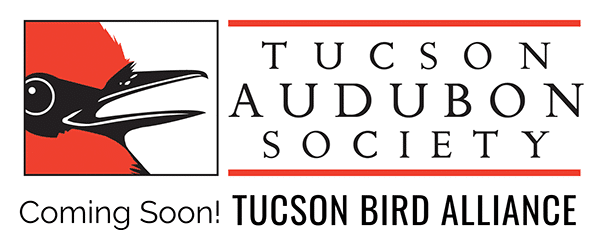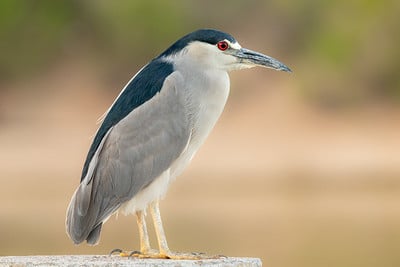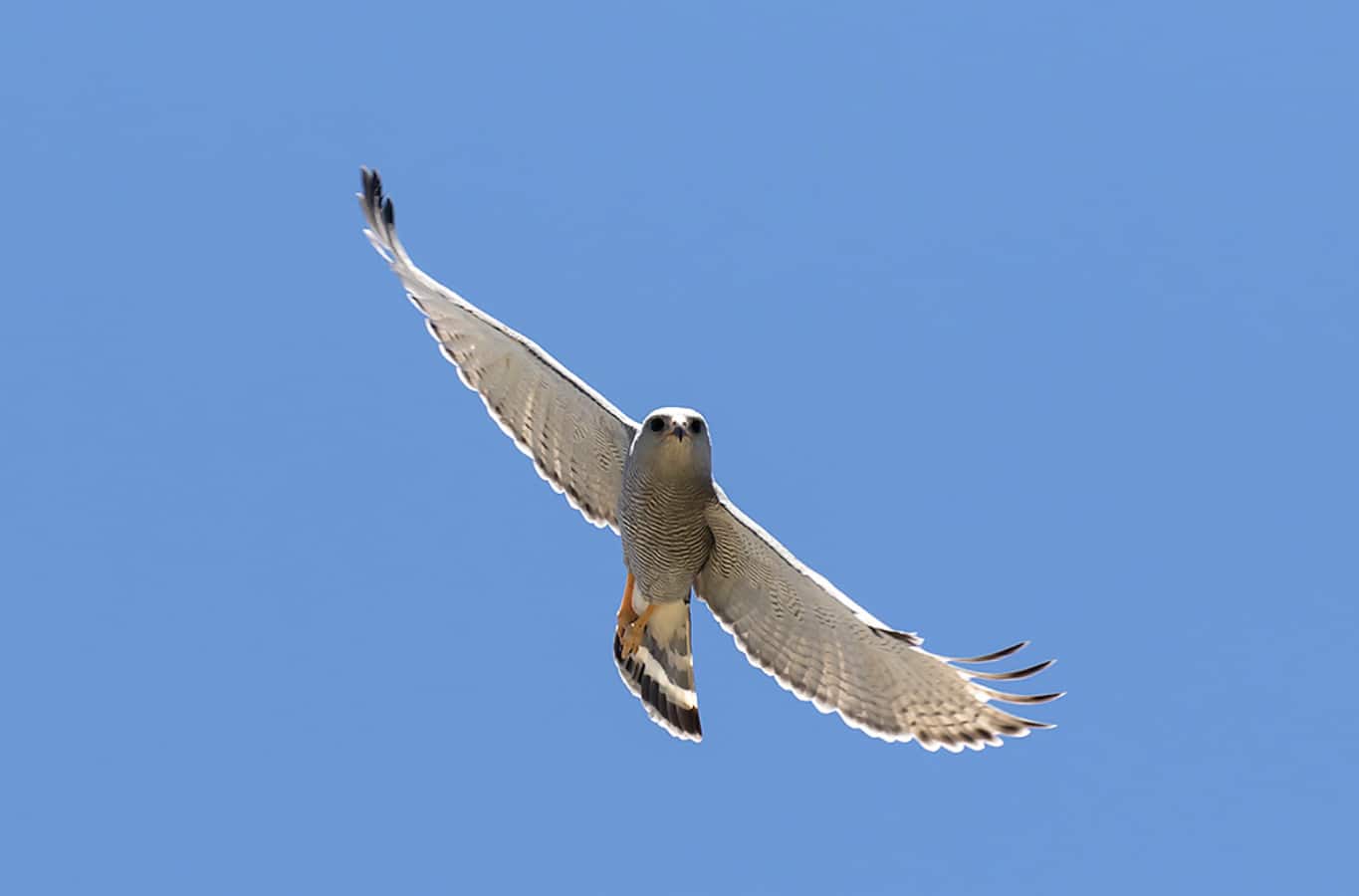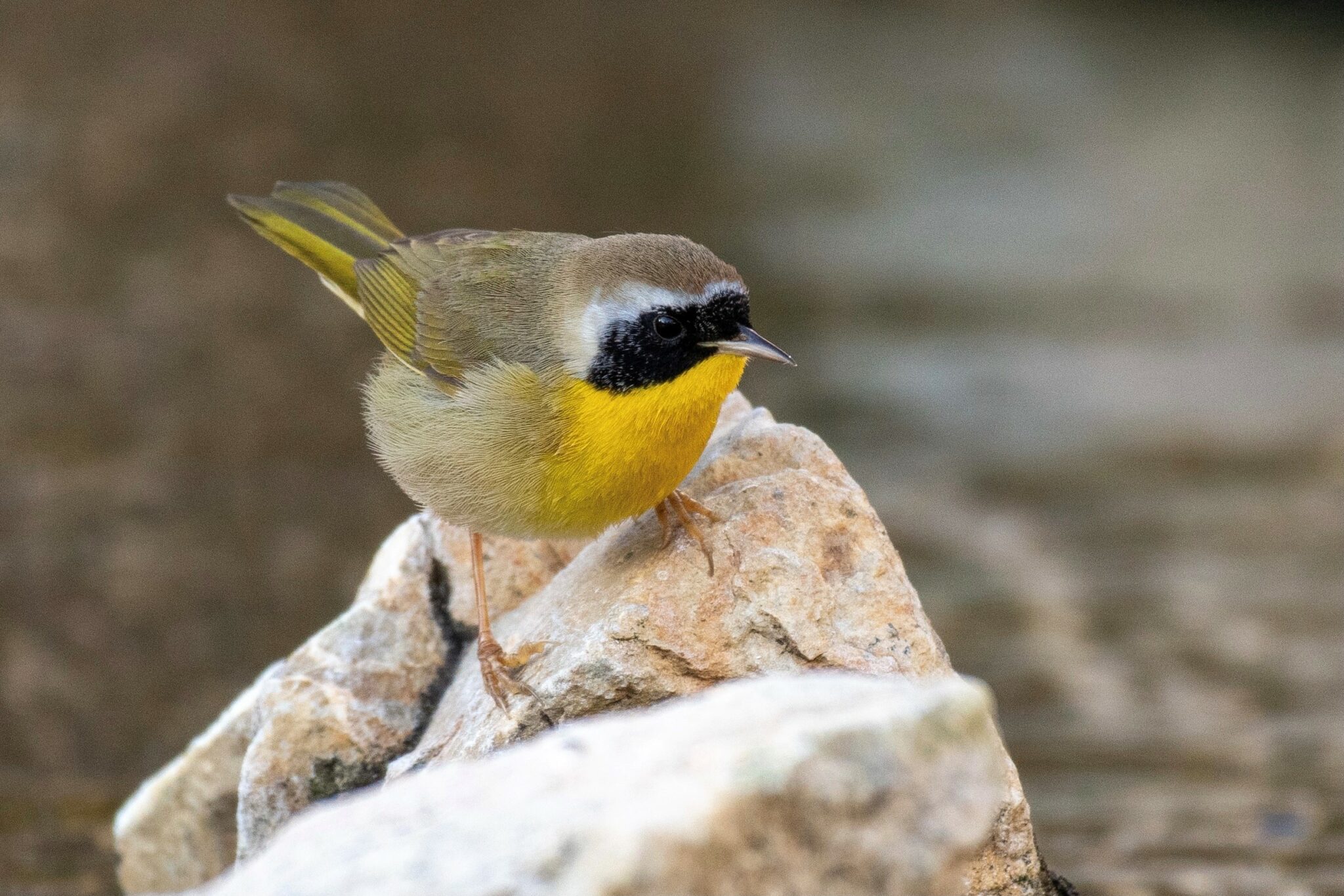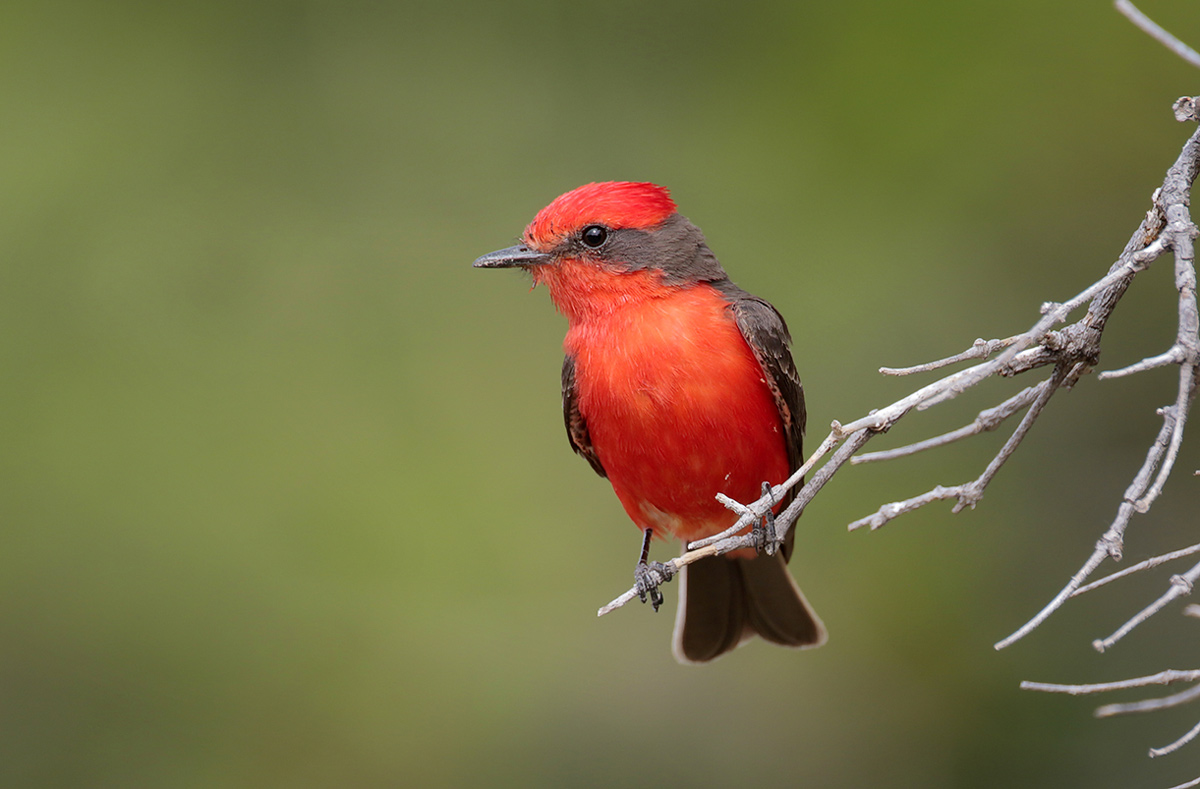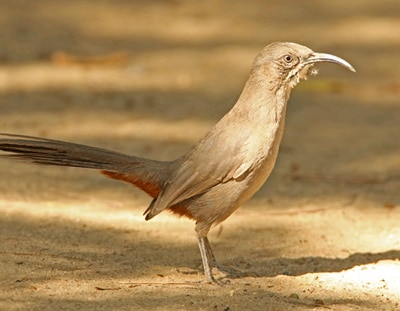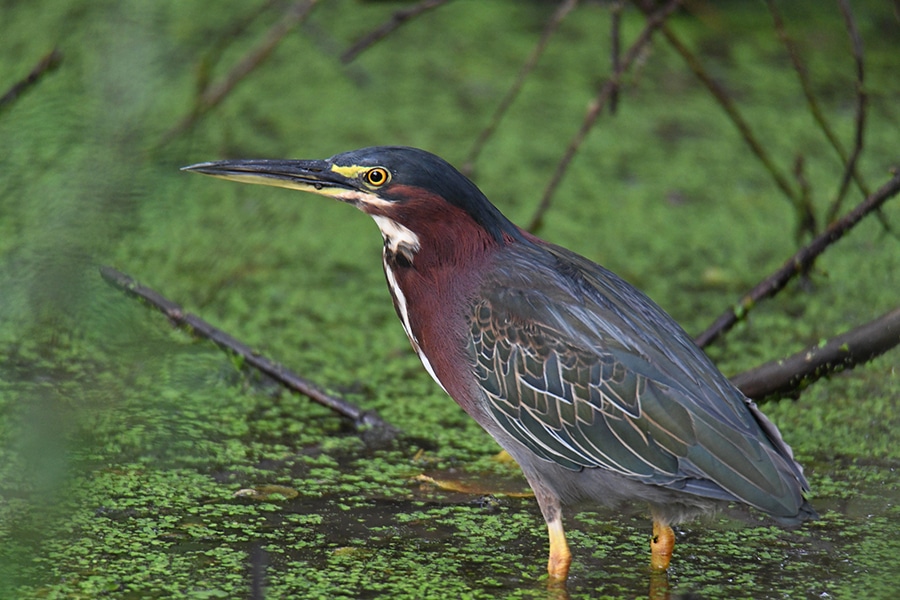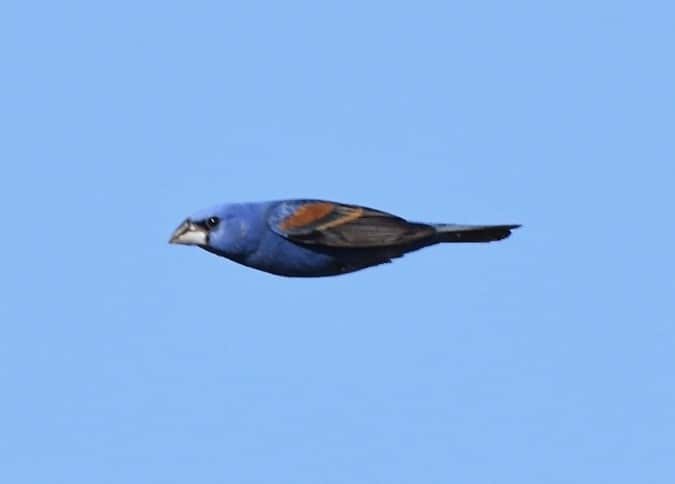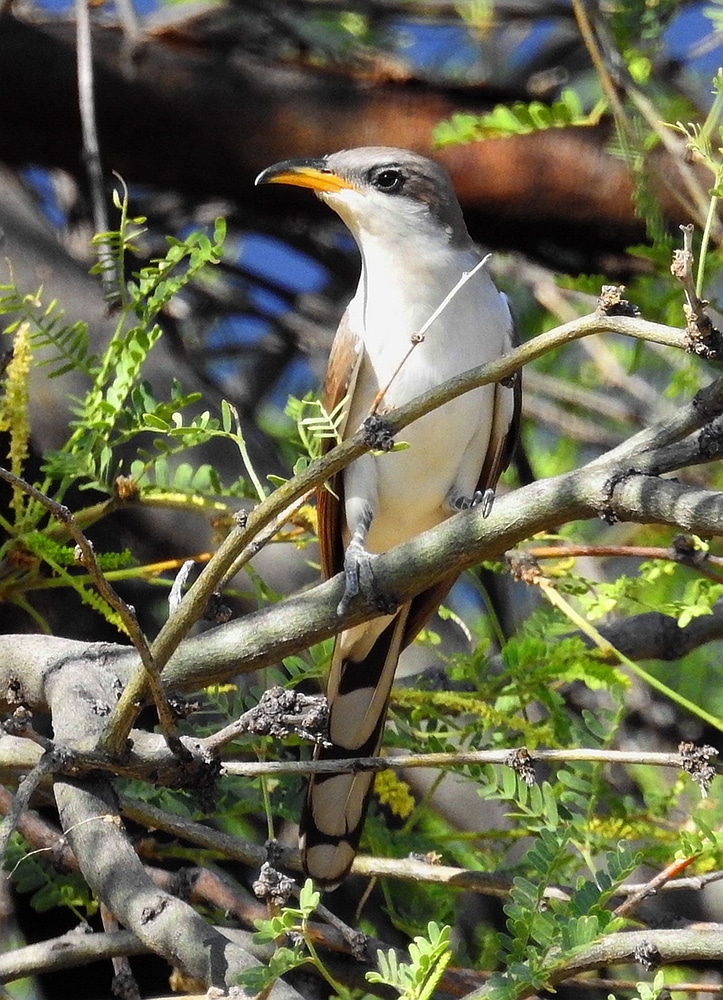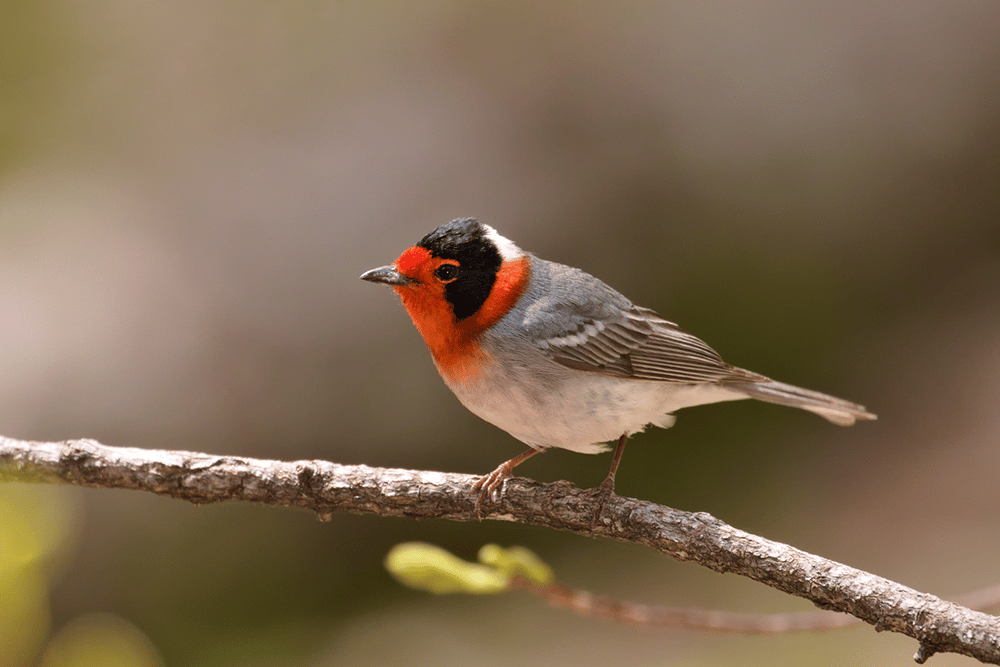Difficulty: Easy (1.75 mile round trip on concrete and paved surfaces. Restrooms are available)
Lakeside Park in southeast Tucson is a great place to get to know your urban birds. We’ll be at the front end of the possibility of migrating shorebirds, wading birds, gulls or terns, so while unlikely, we’ll be sure to keep our eyes peeled for unusual birds as well. Osprey is a possibility. We’ll explore the lake and the adjacent lawns and ball fields. Likely sightings include Black-crowned Night-heron, hummingbirds (Anna’s, Black-chinned, & Broad-billed), Cassin’s Kingbird, Vermilion Flycatcher, Cooper’s Hawk, swallows, Abert’s Towhee, and more! Drive time to park and meeting location is about 15 minutes, specific meeting instructions will be emailed beforehand. Limited to 10 participants.
Vermilion Flycatcher by Greg Lavaty
